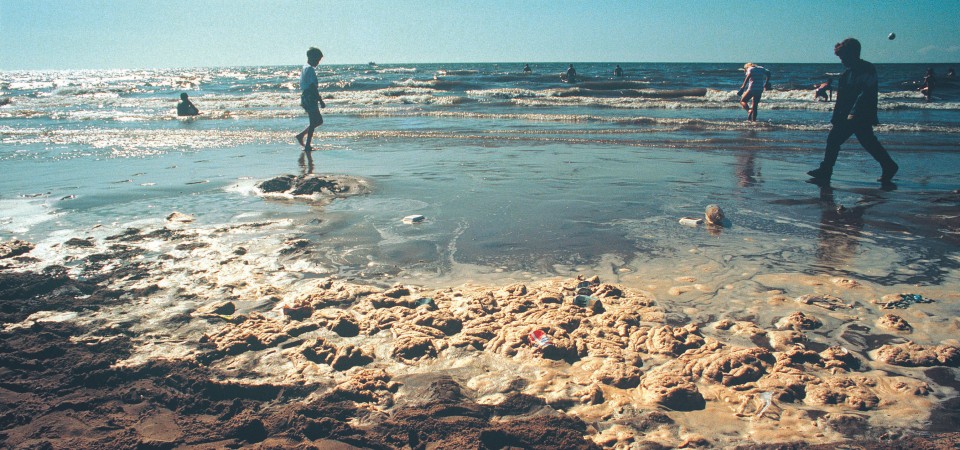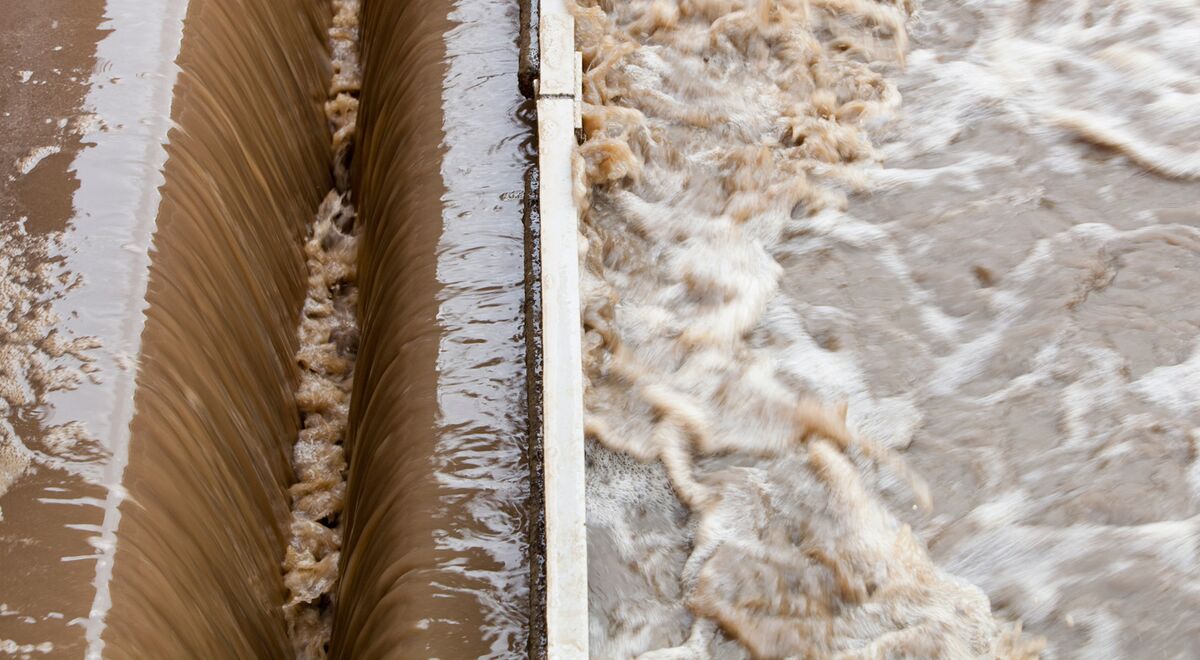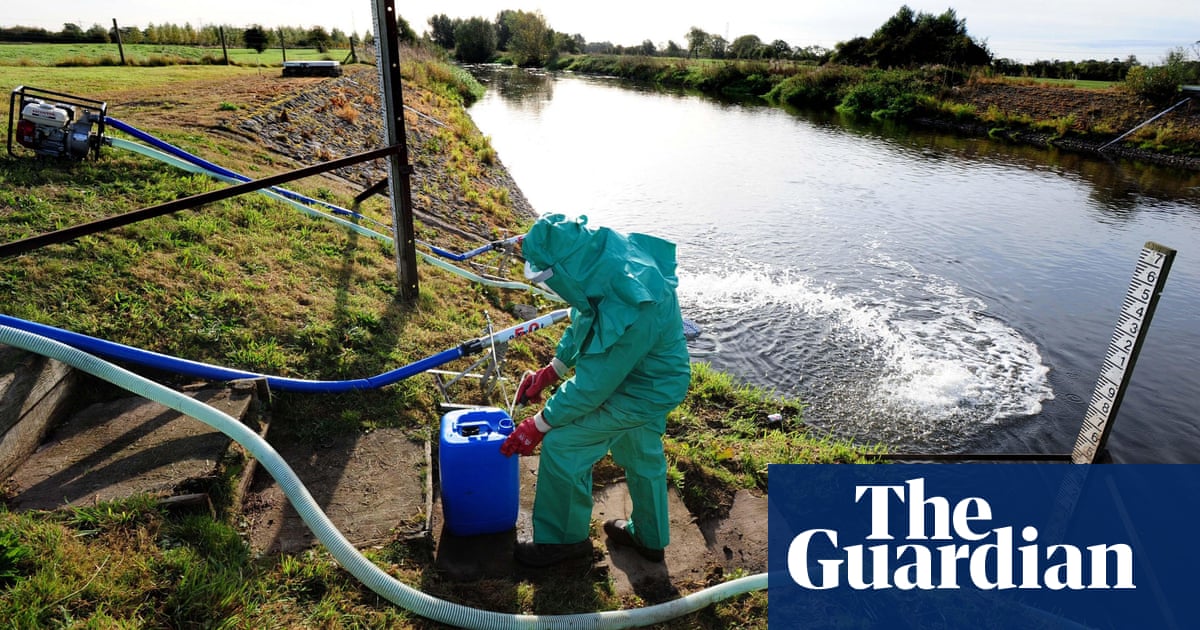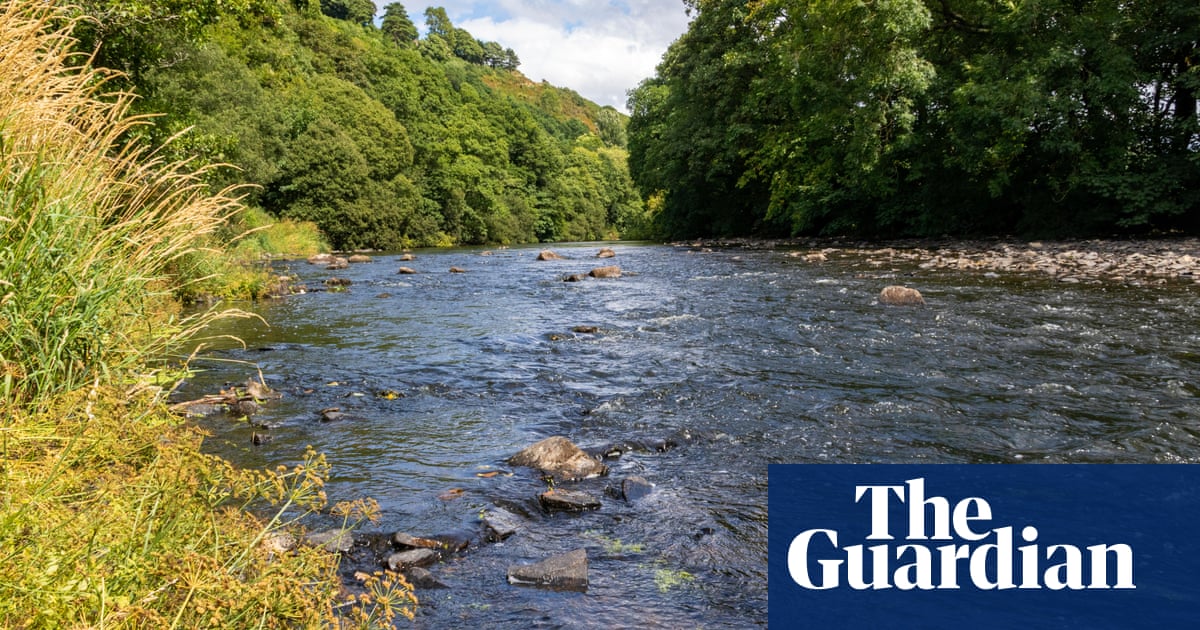- Joined
- 1 Apr 2016
- Messages
- 13,607
- Reaction score
- 552
- Country

I voted for Raw sewage in our rivers, anyone fancy a swim?

 www.lboro.ac.uk
www.lboro.ac.uk
Almost all of the UK’s waterways are polluted. In 2022, a House of Commons Committee report on the state of UK rivers concluded that no river in England was free from chemical contamination. Only 14% of UK rivers had a “good” ecological status.
Both agricultural runoff and the release of untreated sewage are leading causes of river pollution in the UK. In 2021, untreated sewage was discharged into English waterways for more than 2.5 million hours.
The discharge of sewage has happened for several different reasons.
A lack of investment in dated infrastructure means the capacity of many sewage pipes is regularly exceeded. So, to avoid sewage backing up and flooding public spaces and people’s homes, water companies often release sewage elsewhere through the combined sewer overflow network.
The situation has not been helped by disruption to wastewater treatment chemical supplies following Brexit and the COVID-19 pandemic. The Environment Agency responded to these shortages by introducing temporary waivers in 2021, allowing water companies to temporarily release not-fully-treated effluents into the environment.

UK waters are too polluted to swim in – but European countries offer answers
Almost all of the UK’s waterways are polluted. In 2022, a House of Commons Committee report on the state of UK rivers concluded that no river in England was free from chemical contamination. Only 14% of UK rivers had a “good” ecological status.
Almost all of the UK’s waterways are polluted. In 2022, a House of Commons Committee report on the state of UK rivers concluded that no river in England was free from chemical contamination. Only 14% of UK rivers had a “good” ecological status.
Both agricultural runoff and the release of untreated sewage are leading causes of river pollution in the UK. In 2021, untreated sewage was discharged into English waterways for more than 2.5 million hours.
The discharge of sewage has happened for several different reasons.
A lack of investment in dated infrastructure means the capacity of many sewage pipes is regularly exceeded. So, to avoid sewage backing up and flooding public spaces and people’s homes, water companies often release sewage elsewhere through the combined sewer overflow network.
The situation has not been helped by disruption to wastewater treatment chemical supplies following Brexit and the COVID-19 pandemic. The Environment Agency responded to these shortages by introducing temporary waivers in 2021, allowing water companies to temporarily release not-fully-treated effluents into the environment.



